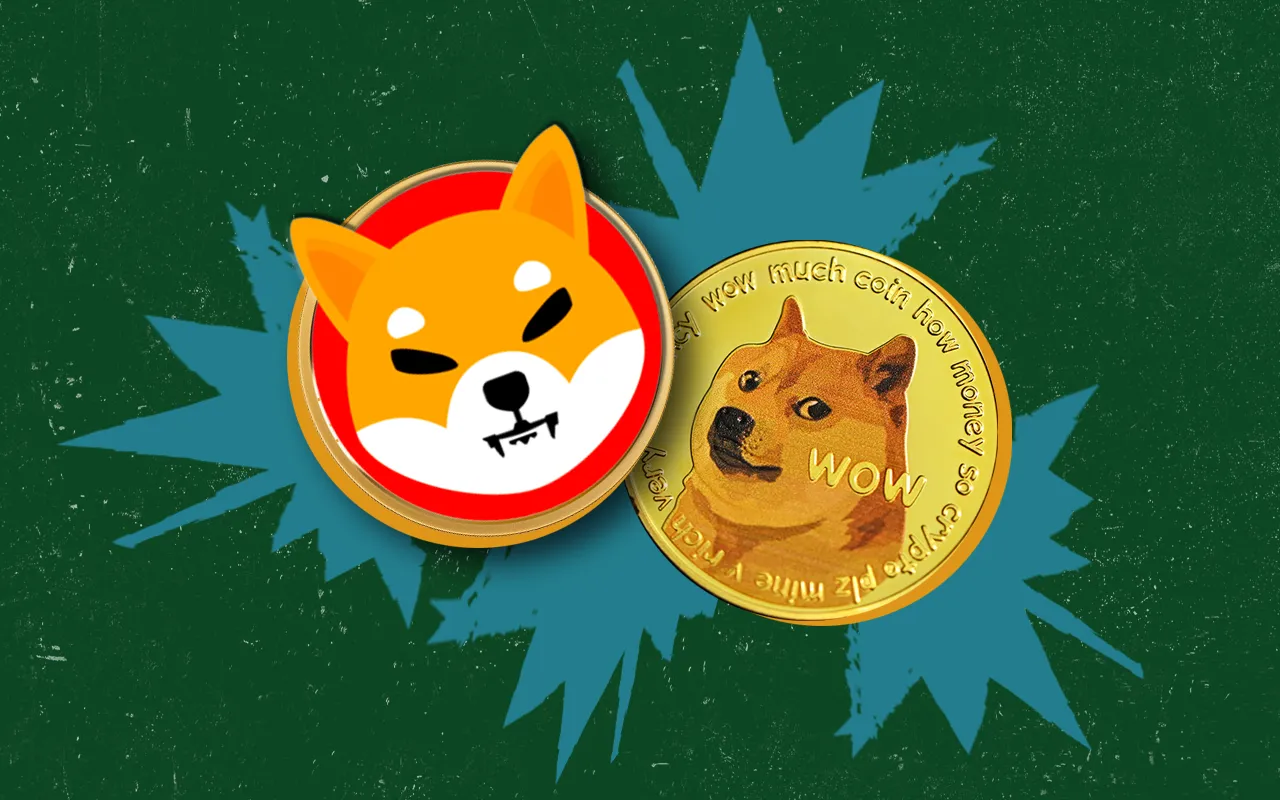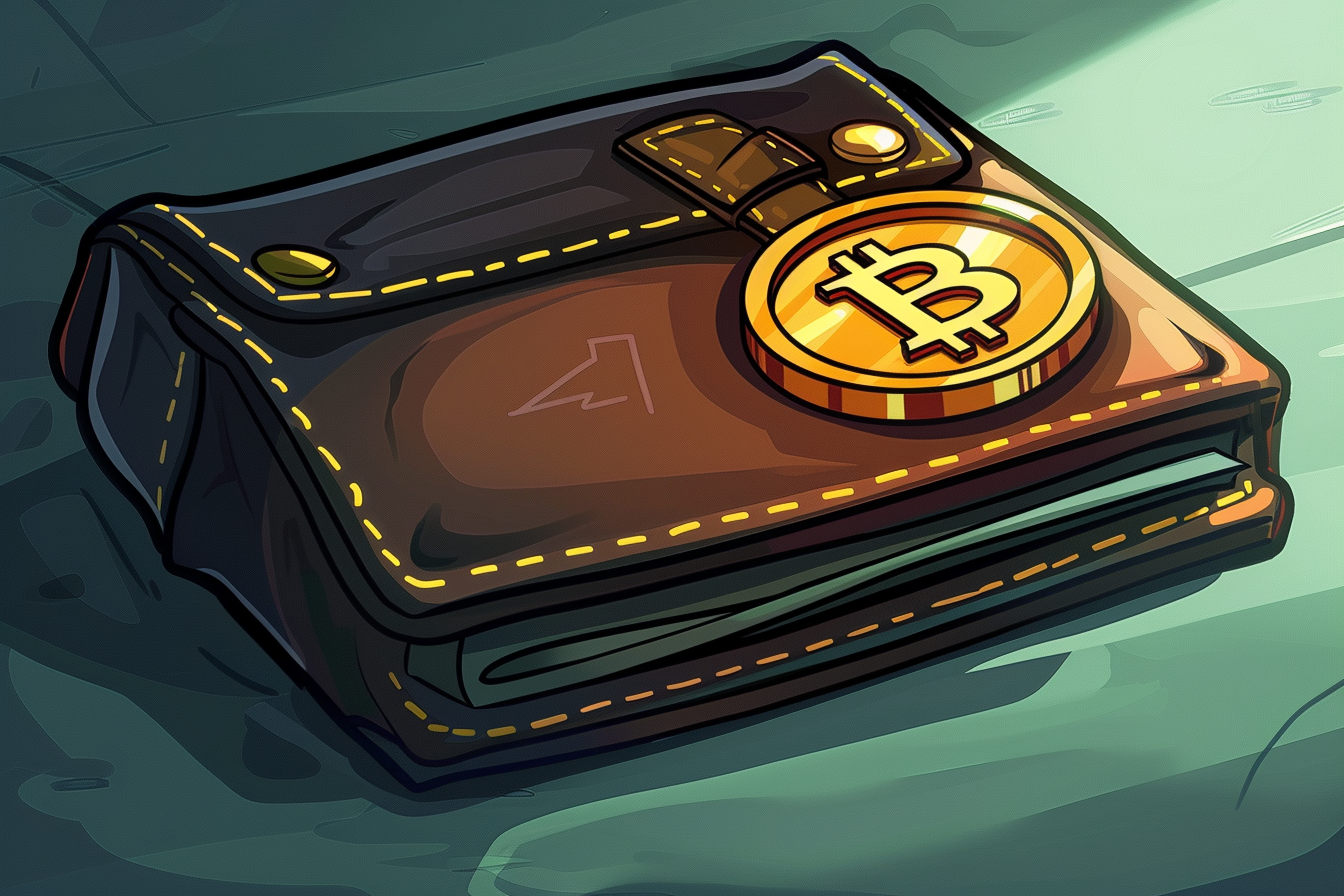Table of Contents
The crypto space can be mind-boggling but strangely inviting. Cryptocurrencies based on seemingly innocent and cuddly pooches will pique the interest of even the most anti-crypto investors.
As if its goofy predecessor, the aptly named Dogecoin, didn’t enjoy enough of an Elon Musk-fuelled boom, the Shiba Inu coin (SHIB) has become the latest pet-themed hype train that’s proclaiming to be the “Dogecoin killer”. And Musk has predictably started another global pump (he doesn’t dump) scheme just by tweeting a picture of his new pet. Yep, you guessed it: a shiba inu.
Just for context, Dogecoin was created back in 2013 as a joke – its creators wanted to develop a cryptocurrency based on the popular Shiba Inu memes of the time. In 2020, a viral challenge on TikTok emerged, which urged users to invest 25 dollars each into Dogecoin. This caused the cryptocurrency’s value to gain 43% in two days. Although it lacks any real-world utility, the challenge quickly resulted in a loyal following for Dogecoin.
The Shiba Inu token is everything Doge is and more. It’s a joke based on a joke. SHIB was launched in August 2020, by an anonymous person or persons known as Ryoshi (by the way, what’s with cryptocurrencies and Japanese-inspired pseudonyms?). And because Elon’s puppy is named Floki, fans of SHIB decided to launch another coin known – Floki Inu (FLOKI), hence creating a meme born out of a meme that was based on a meme.
It’s not all as ridiculous as it sounds. Since its trading debut, SHIB has done a zoomie and gained nearly 40,000,000%. FLOKI has also flexed its paws, climbing by nearly 1,500% in the last two months. While most of the hype was generated by FOMO and Elon’s not-so-random tweets about Floki, there are actually some legitimate reasons behind the crazy gains.
The key difference between SHIB and Dogecoin is that SHIB exists on the Ethereum blockchain as a token – a cryptocurrency without its own blockchain. This gives SHIB valuable access to Ethereum’s smart contracts, which is why SHIB has its own decentralized exchange where participants can provide liquidity, buy NFTs, and stake their SHIB to earn more SHIB. Because it’s an Ethereum-based token, SHIB has more functionality in the DeFi (decentralised finance) space than Dogecoin, which might be why investors are keen to jump on the SHIBwagon.
Unlike Dogecoin, SHIB also has a (sort of) limited supply. SHIB started with a supply of 1 quadrillion (that’s fifteen 0s) tokens, but half of it was immediately transferred to Ethereum founder Vitalik Buterin, who then donated the majority of it to fund Covid-19 relief efforts in India. The remainder (worth approximately $6 billion) was sent to an invalid address, therefore permanently taking the tokens out of circulation and reducing its supply.
As mentioned earlier, SHIB’s decentralised exchange known as Shibaswap offers users the option to “bury” (stake) their tokens, which takes them out of circulation temporarily while users earn additional rewards. SHIB’s NFT project also includes a feature that further lowers the circulating supply of SHIB – whenever the name of one of the 10,000 Shiboshi NFT is changed, $100 worth of SHIB will be taken out of circulation. This means that if demand remains constant, a reduction in the supply of SHIB will theoretically result in an increase in SHIB’s price.
The SHIB rally also coincides with Bitcoin’s recent surge, bolstered by reports of the first US Bitcoin ETF and the fact that US regulators have no intention of banning cryptocurrencies. Add Elon’s puppy tweets to the mix and investors naturally started to purchase large quantities of SHIB.
I’ll admit, I was once captivated by a meme with the caption “1 Doge = 1 Lamborghini.” It was funny, exhilarating, and sounded like it could happen. What’s not to like about an intangible (and rather temperamental) puppy that might suddenly decide to affectionately smother you with 1,000% returns?
But meme coins will always be memes. And memes can be especially dangerous when investors with much deeper pockets see the funny side of it. A cryptocurrency with limited utility is merely a casual tool for price manipulation. It’ll be profitable in the short-term because so-called investors, or rather people just seeking to get rich quickly, will aggressively buy the coin out of FOMO, therefore pumping it to doggy heaven. But what comes after? The higher the price, the higher the selling pressure as more investors start to realise their insane profits.
SHIB currently has a market capitalisation of $8 billion, which means that even if all 10,000 NFTs are renamed, therefore burning $1 million worth of SHIB, only 0.000125% of SHIB’s supply will be removed. There are also currently 400 trillion SHIB in circulation. In SHIB’s white paper, it outlined its aim to “outpace the value of Dogecoin, exponentially, without ever crossing the $0.01 mark.” But at a price of $0.01, it’ll be worth $4 trillion – more than half of the total market capitalisation of all cryptocurrencies. If you think SHIB will ever reach $0.01, you’re unfortunately barking up the wrong tree.
In my previous article titled “DeFi is at Risk of Becoming an Unregulated Casino,” I said that DeFi is often dubbed as the “future of finance” by staunch crypto fans. Is the future of finance supposed to be the trading of dog-themed coins as part of a get-rich quick social movement fuelled by Elon Musk tweets? I doubt it.
Is it too late to purchase SHIB? Probably not. Will you get rich from SHIB? I hope so. But beware of becoming a laughing stock when the whales cash in from the dogs.
This article was not sponsored by Elon Musk.









